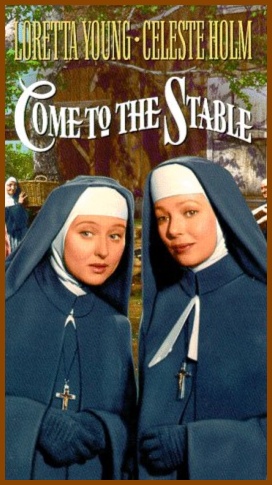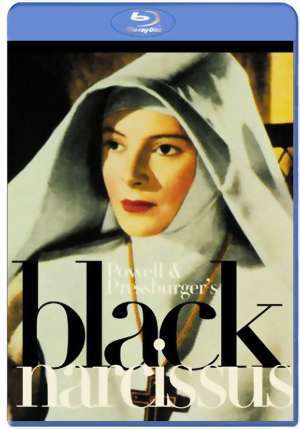It is always a challenge to guide parents about how scary a movie is, but it is especially difficult with this week’s release of “Coraline,” the 3D stop-motion animated film based on a popular book for children by Neil Gaiman. By coincidence, Gaiman was just awarded this year’s top prize for children’s literature, the Newberry award, for The Graveyard Book , the story of a boy raised by ghosts.
, the story of a boy raised by ghosts.
SPOILER ALERT: There are ghosts in “Coraline,” too, plus a very scary insect-like predator who likes to replace children’s eyes with sewn-on black buttons and many other macabre and grotesque images. But is that scarier than “A Series of Unfortunate Events” or “The Wizard of Oz” or the Narnia movies? Is it scarier than Disney movies like “Bambi” or “The Lion King” (both feature the death of a parent) or fairy tales like “Hansel and Gretel” or “Snow White?”
Some of the commenters on this blog think so, and have noted sharply that they think this movie is too scary for younger children. The Motion Picture Association’s ratings board gave it a PG. I originally recommended it for 4th grade and up but on reflection have changed it to middle school and up, though when I saw the film again last night there were younger children in the audience who seemed to be doing fine with it.
There are many kinds of scary material and every kid reacts differently to every one of them. Some are disturbed by tension and peril but don’t mind battle scenes. Some get very upset when an animal is injured but don’t blink an eye when a human character is killed. Some kids react because they are sensitive about events going on in their own lives, loss of a grandparent or a pet, a move, or divorce.
In “Coraline,” some kids may be rattled by the images in this film like the skeletal designs of one (good) character’s helmet and gloves or the increasingly spidery appearance of the villain. Some may be upset by the themes of the film that includes the ghosts of three eyeless and devoured children. Some will be very reassured by the brave and resilient heroine, finding it exciting but not disturbing.
The New York Times’ A. O. Scott led off his review of “Coraline” with some thoughts on its capacity to scare its young audience:
There are many scenes and images in “Coraline” that are likely to scare children. This is not a warning but rather a recommendation, since the cultivation of fright can be one of the great pleasures of youthful moviegoing. As long as it doesn’t go too far toward violence or mortal dread, a film that elicits a tingle of unease or a tremor of spookiness can be a tonic to sensibilities dulled by wholesome, anodyne, school-approved entertainments.
This brings us back to the enduring appeal of scary stories. Children have read millions of scary books from R.L. Stine and Lemony Snicket and teenagers have bought millions of tickets to the “Halloween,” “Friday the 13th,” “Nightmare on Elm Street,” and “Saw” series. The top box office films of all time include scary stories like “Jaws,” “Pirates of the Caribbean,” and “Silence of the Lambs.” Even family-friendly G-rated films like “Finding Nemo,” “Babe,” and “The Sound of Music” have scary parts. That is because one of the reasons we tell and read and watch stories is because they give us a way to understand and conquer our fears. It will always be difficult for parents to determine what will be too scary for their children. I will do my best to describe what I see and provide some guidance but ultimately the decision can only be made by the ones who know the child best. And ultimately, parents must realize that sometimes a part of seeing a movie is being unsettled and learning to resolve those feelings.
P.S. “Coraline” also has a burlesque performance with two fat, elderly ladies in tiny little costumes that turn out to zip off, revealing younger, lither performers inside. How should a parent evaluate that on a scale of nudity or sexual material? Because it was comic and because it turned out not to be “real,” but a humorous fat suit, I described it as “brief comic nudity (skimpy costume).” I welcome other suggestions and reactions.



